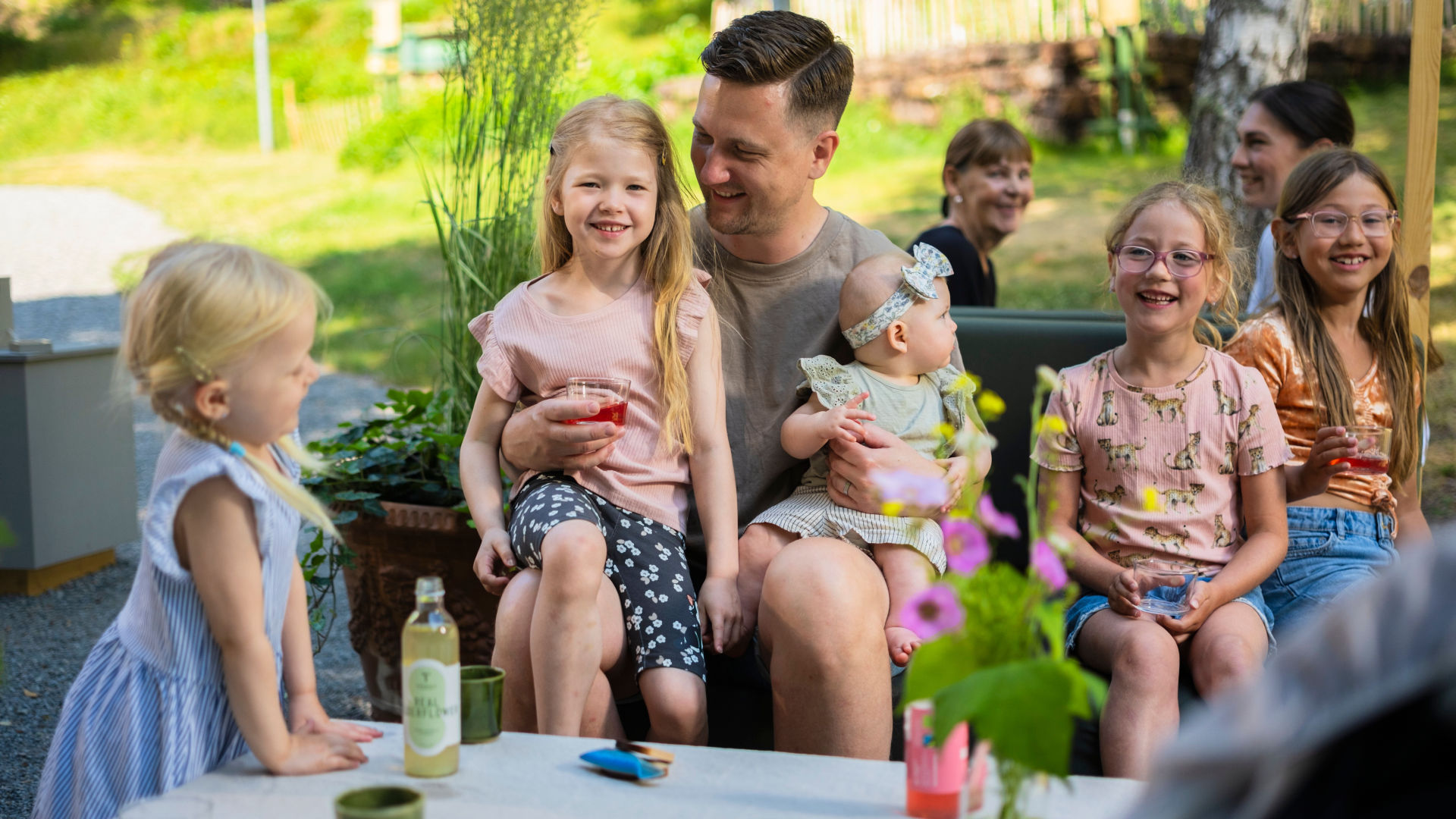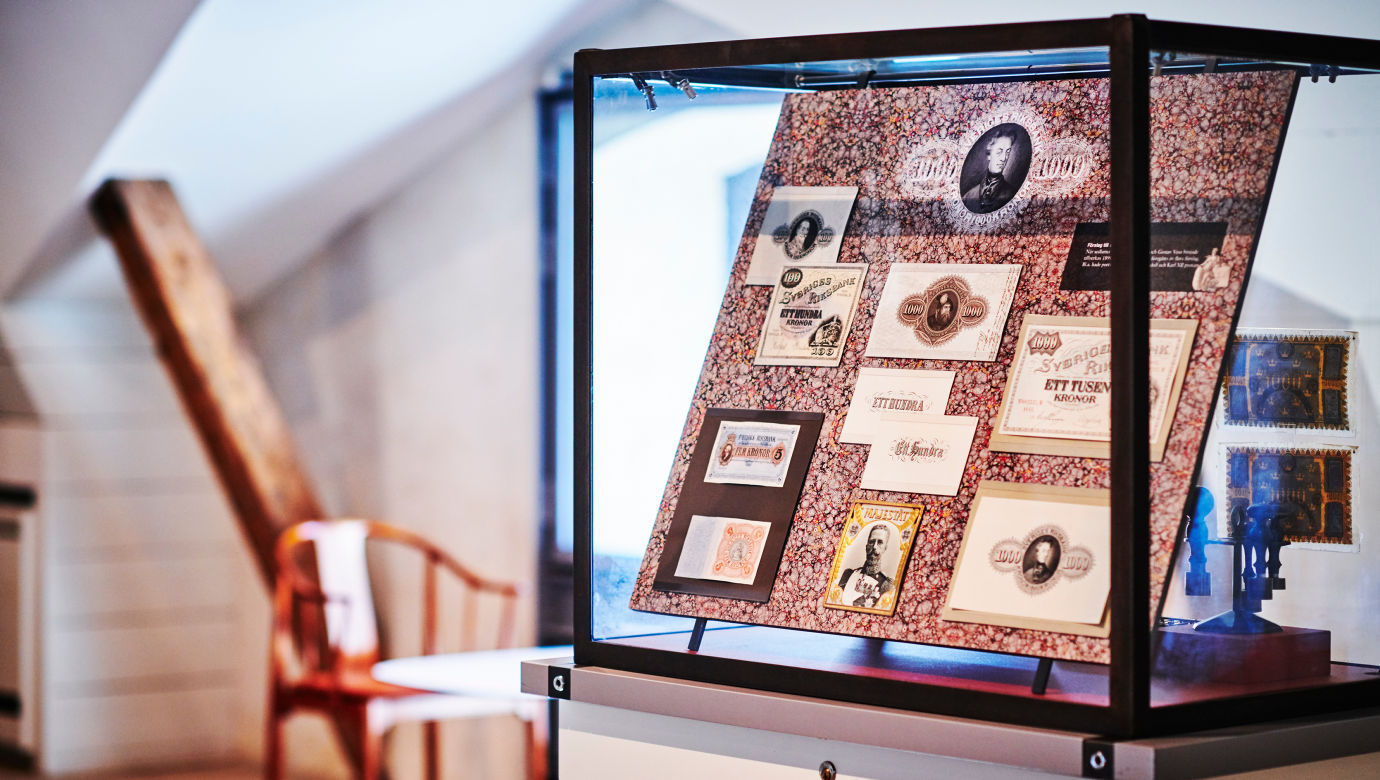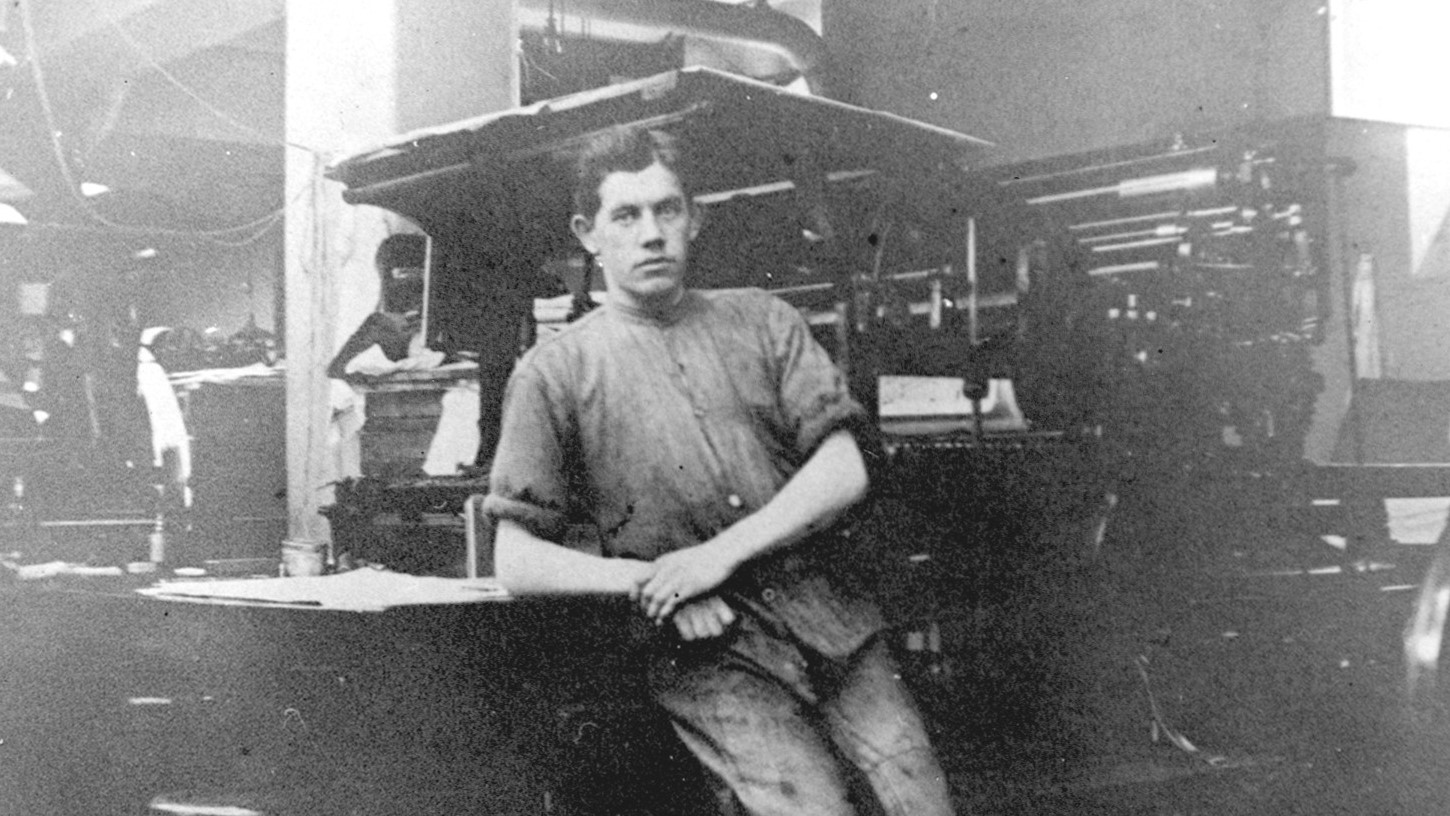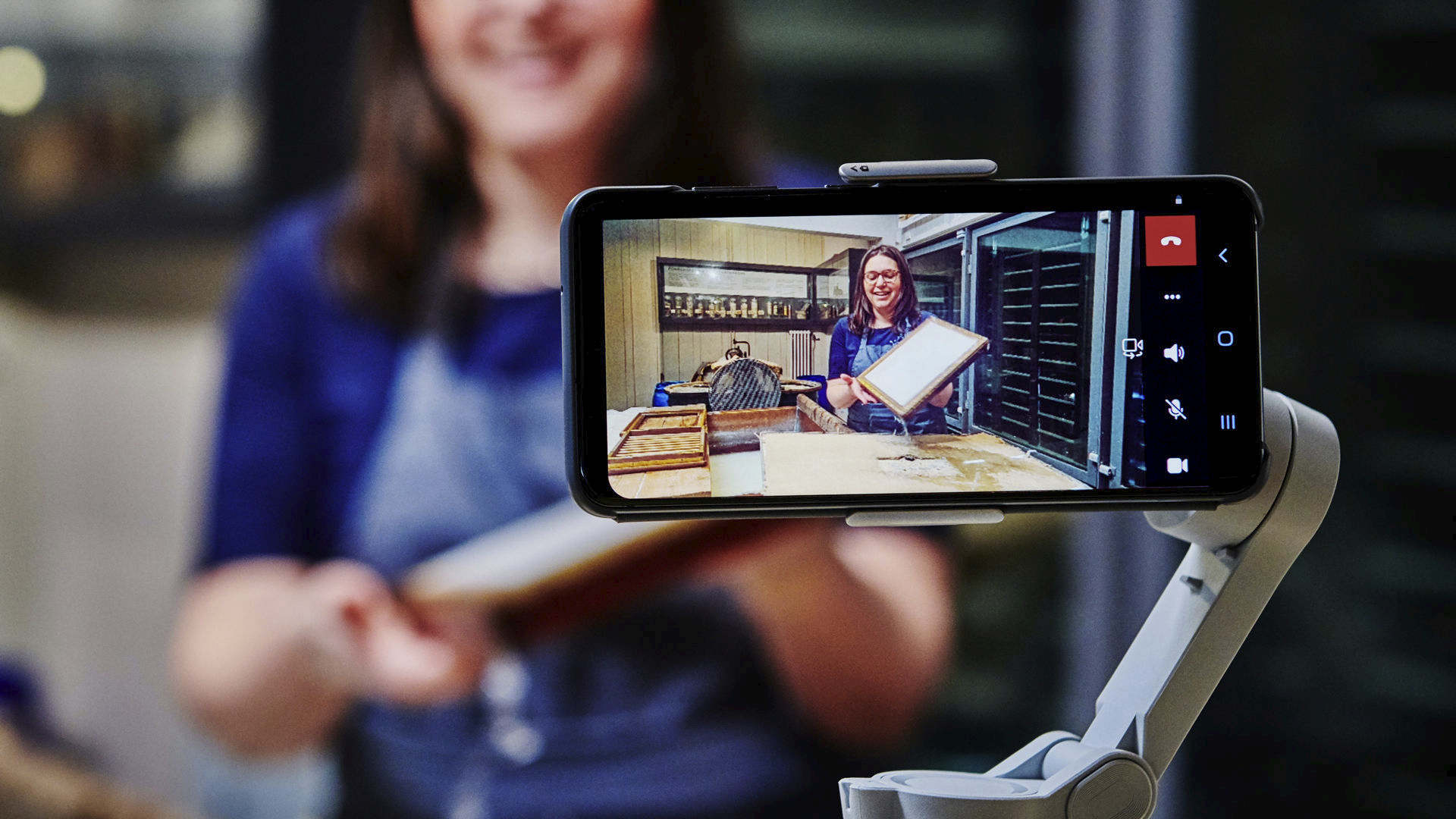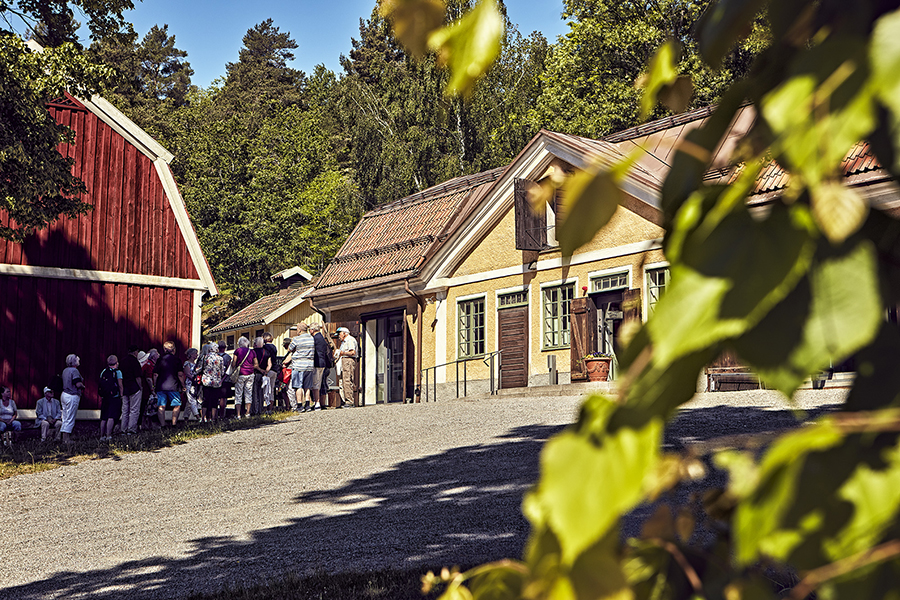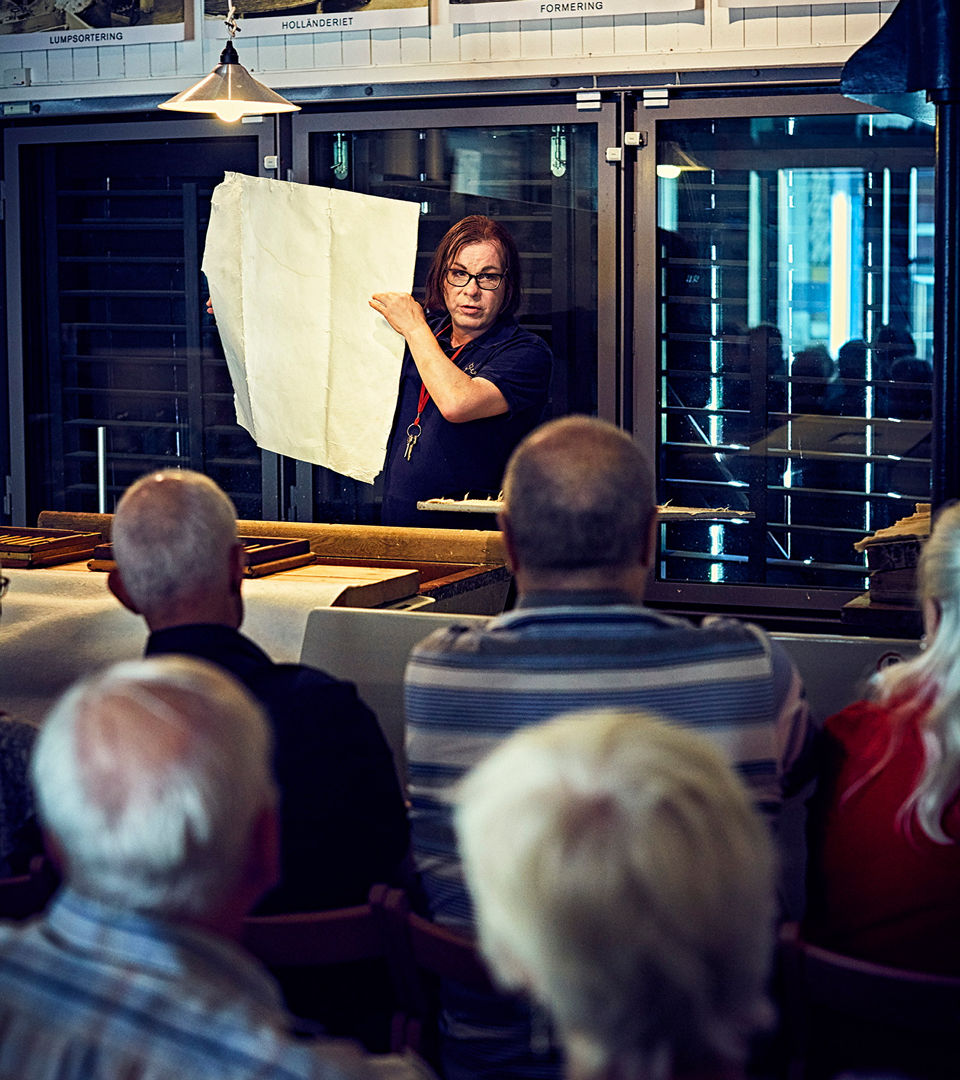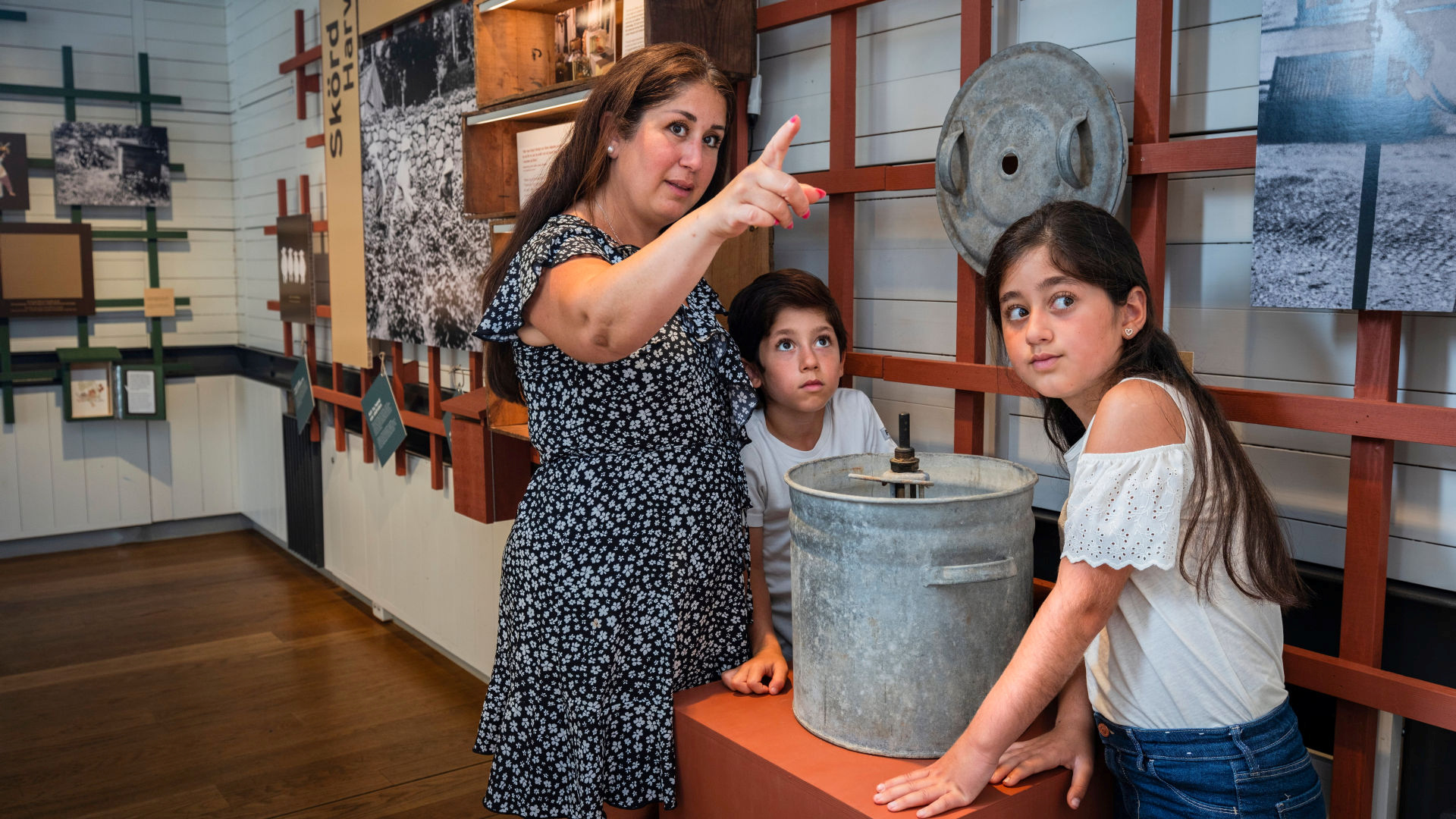
On view May 18, 2023 - September 29, 2024.
Down to earth
- self sufficiency then and now
Once upon a time there was a shortage of food in Sweden. People grew their own peas, cabbage and potatoes. A pig or some sheep provided meat. Fruit and berries from the forest and garden provided enjoyment and valuable supplements. The exhibition tells the story of the people who lived at the mill and the care and planning that was required all year round to set food on the table. What was it like living at the Tumba Paper Mill around a hundred years ago?
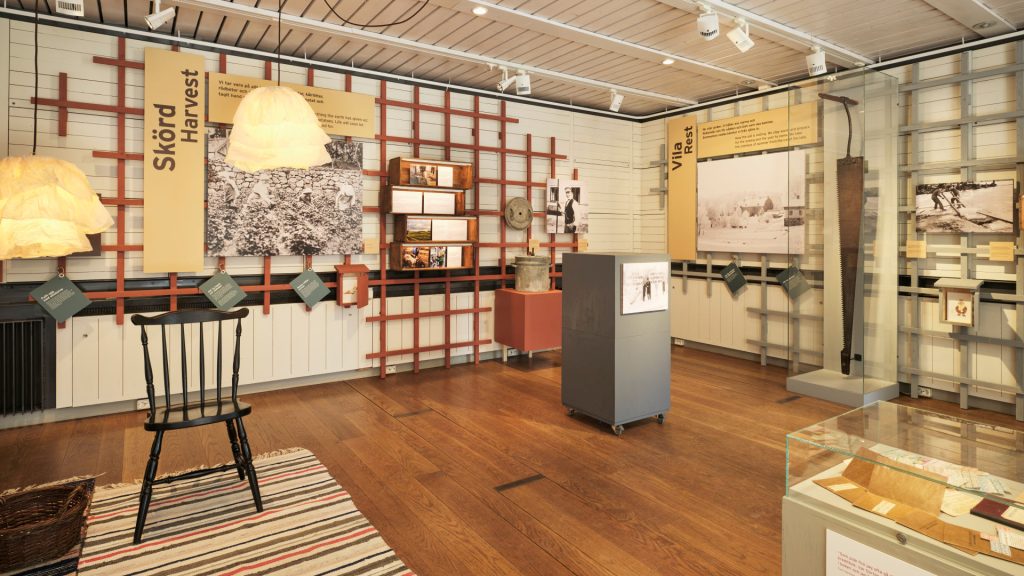
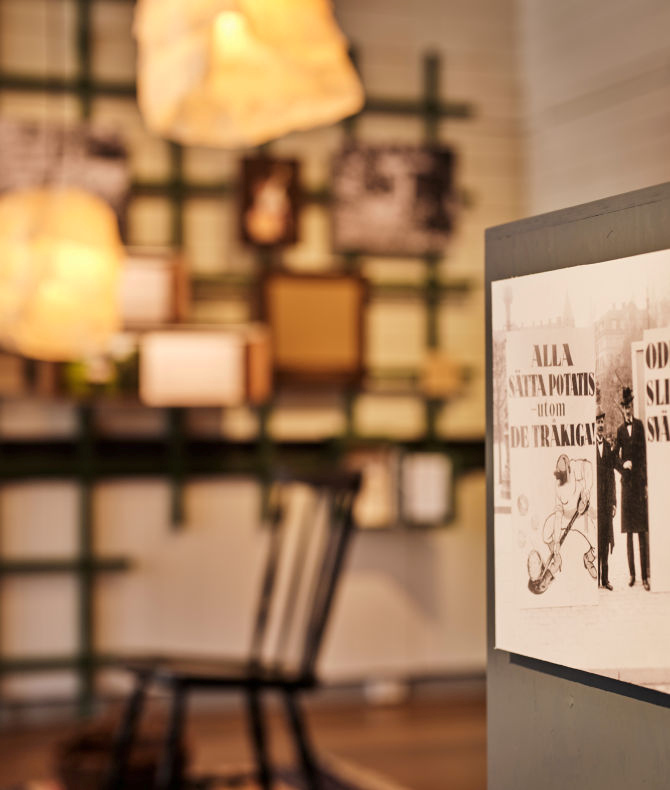
Photo: Helena Bonnevier, Tumba Paper Mill Museum/SHM.
What does someone who's self-sufficient look like?
Perhaps like Johanna Pettersson, who lived at the Tumba Paper Mill in the early twentieth century. Or perhaps like the Andersson Family, standing proudly in their garden. Or perhaps like Elin Östensson, who moved into a cottage in the countryside of Vingåker, Sweden in the spring of 2022.
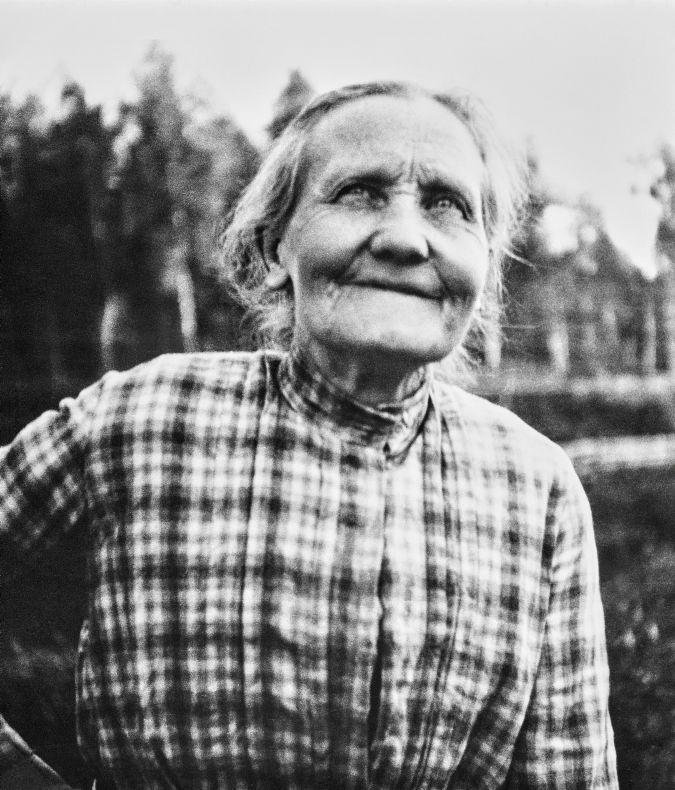
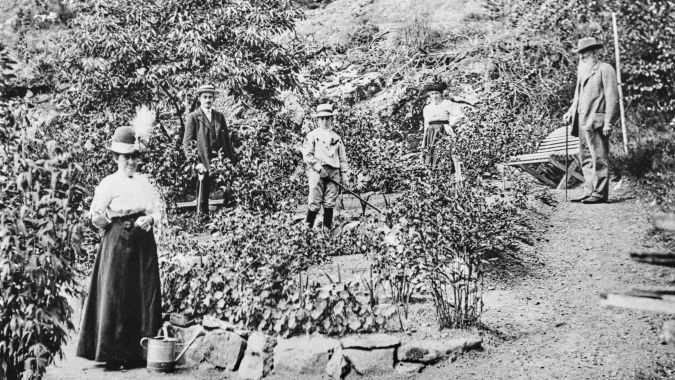
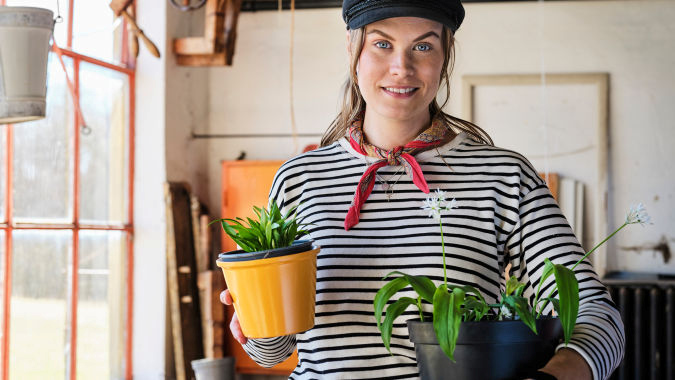
Most people in Sweden were self-sufficient in Johanna Pettersson’s day. Food was scarce in those days. Now everything is available to buy – but almost half of all food available in Sweden is produced in other countries.
At the same time, more and more people are wanting to know where their food comes from. To cuddle a lamb and enjoy eggs laid by their own hens. Many people are worried about our modern way of life, and its effect the planet.
We don’t know much about Johanna, but you’ll get to meet a few other self-sufficient people in our exhibition. Past and present. In Tumba and elsewhere.
Some brief history
At the end of the nineteenth century, there were approximately eighty garden allotments on the paper mill's land. The outbreak of the World War Two meant a boost to self-sustainability at Tumba Paper Mill.
The park became a farm
When World War Two broke out in 1939, food was scarce and many goods were rationed. This meant you weren't allowed to buy more than a certain amount of some things. So the people at the paper mill did what they were used to doing - they grew their own food. Meat was particularly hard to come by. Many people started to breed rabbits in cages in the garden. And almost the entire park was used for growing food, except for one part where two hundrer soldiers lived in tents. Their job was to protect production of banknote paper if the enemy invaded.
Stockholm’s first Konsum store
The Konsum shop at Tumba Paper Mill was established circa 1887, making it one of Sweden's oldest Konsum stores and one of the first in the Stockholm region.
The mill workers ran it themselves and employed a manager. Only mill employees were allowed to shop in the store. They could buy things here that they couldn’t get anywhere else: coffee, sugar, salted herring, sweets and more. But only paper mill workers were allowed to buy things from the shop. In the late 1940s, it was converted into one of the first supermarkets in the country with two shopping carts. Customers had to use ration coupons during World War Two.
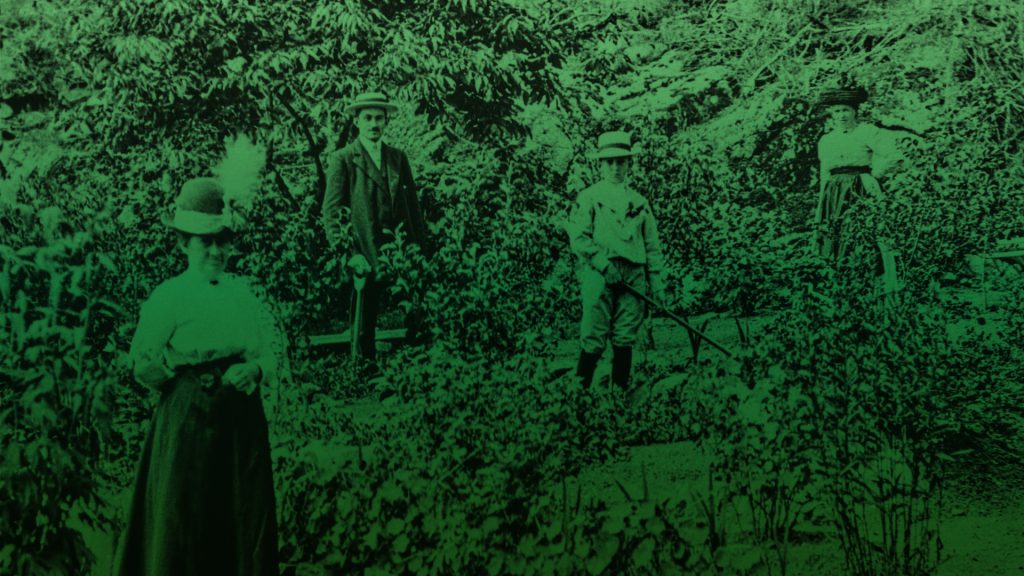
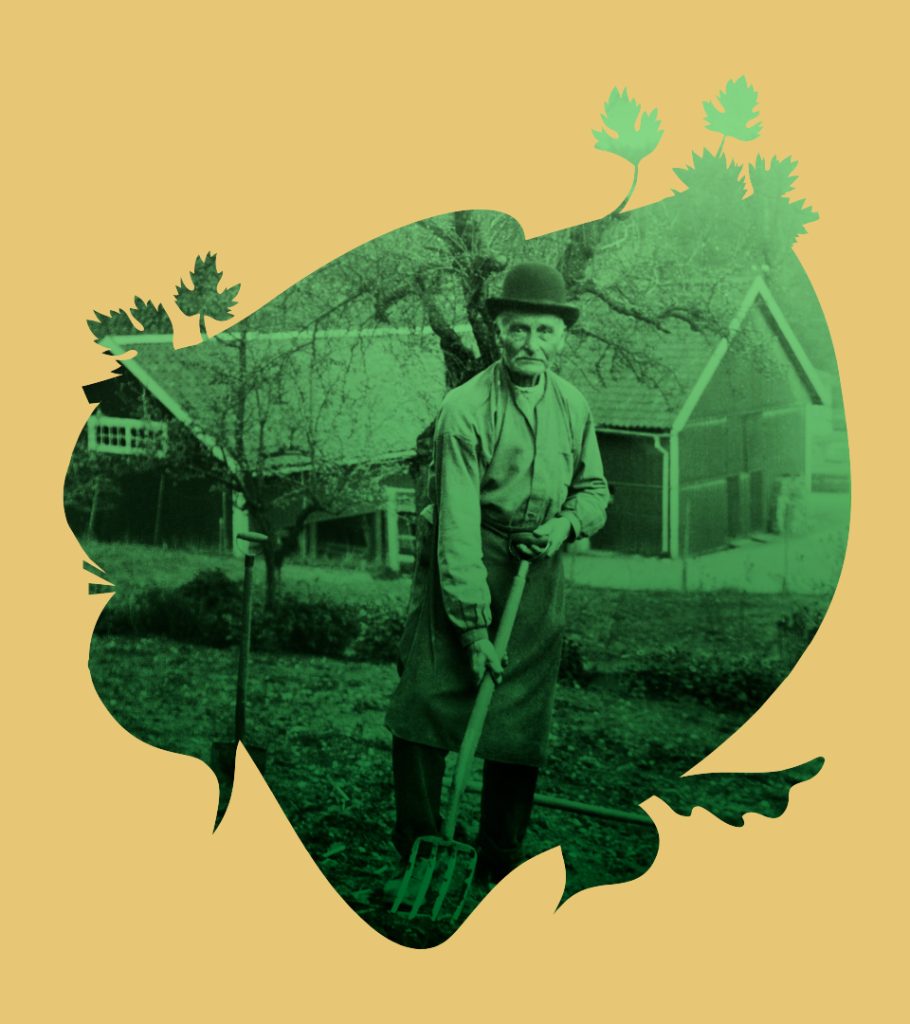
Photo: Tumba Paper Mill Museum/SHM (CC BY)
We invite visitors to reflect on how to live a good life in a sustainable society.
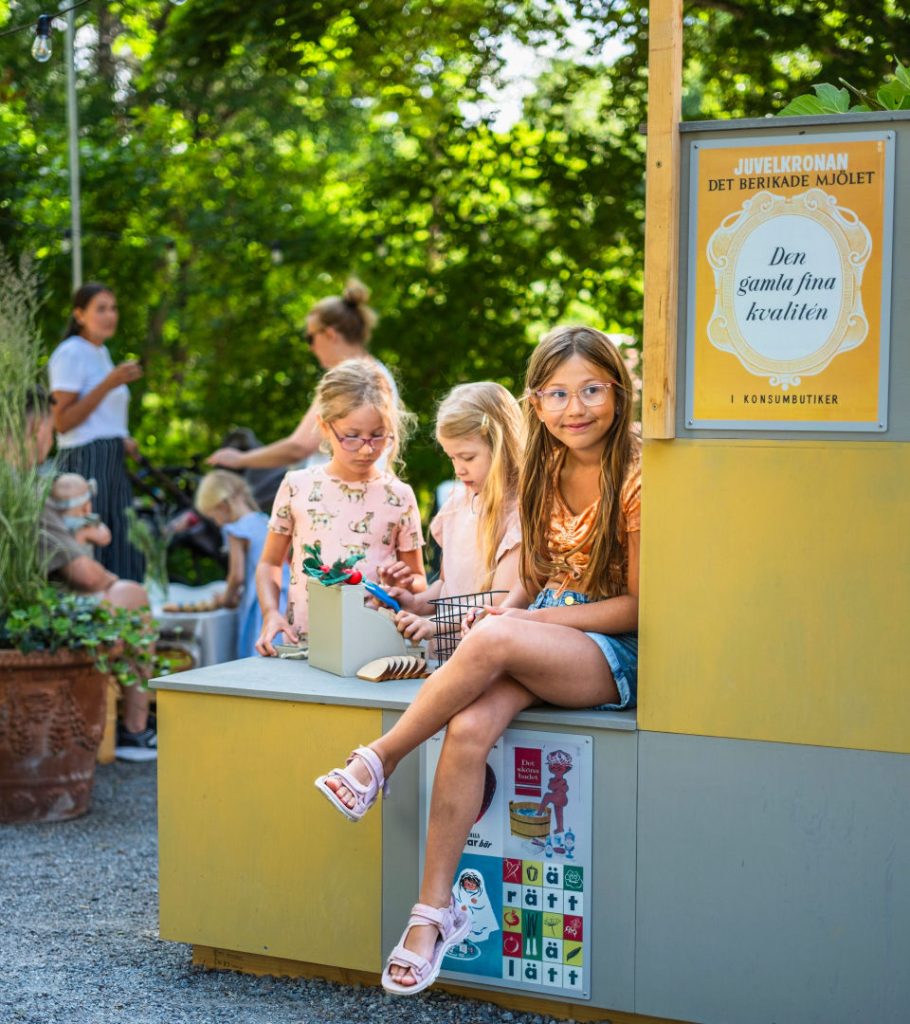
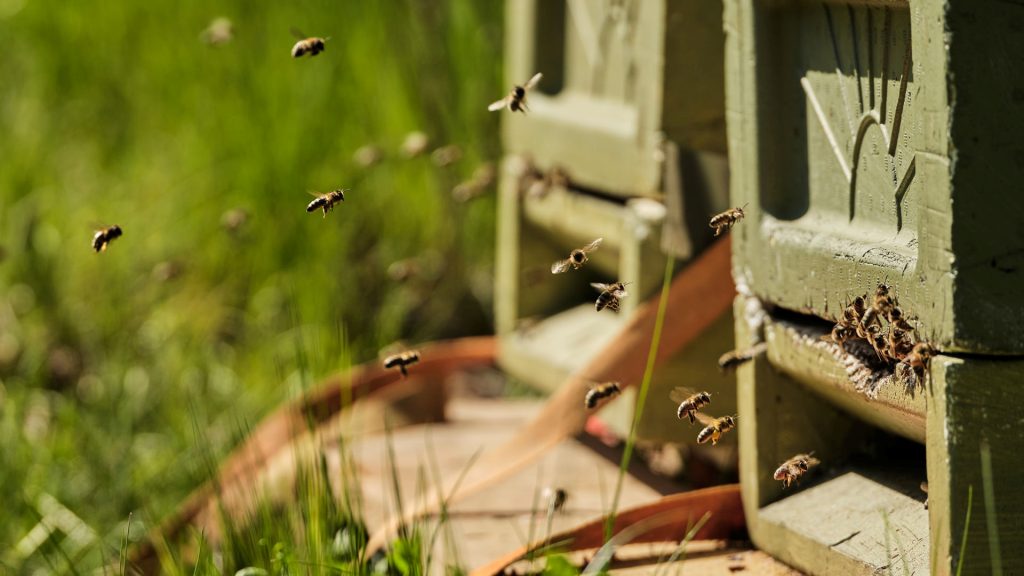
Photo: Daniel Gustafsson, Tumba bruksmuseum/SHM.
Explore the outdoor exhibition
The exhibition takes place in the Oxhuset building as well as the surrounding parks and gardens. We have an herb garden, a kitchen garden, a school garden, and beehives. Have a seat in our family-friendly lounge area "Lilla konsum" where young visitors can play.
Historic gardens and allotments
At the end of the nineteenth century, there were approximately eighty allotments on the paper mill's land. The outbreak of the World War Two meant a boost to self-sustainability at Tumba Paper Mill. “Everything was cultivated. There were no lawns," says Curt Carlsson, who lived most of his life at the mill.
Our bees
Behind the Oxhuset building you will find our beehives with honey bees. The honey produced by the bees is available for purchase in the museum shop. In the summer we will offer bee safaris, guided tours of the beehives (in Swedish).
The scarecrow
In the garden you can see a scarecrow built by participants at Botkyrka Day center. The original comes from Ripsa, Sörmland, and was designed in the beginning of the twentieth century.
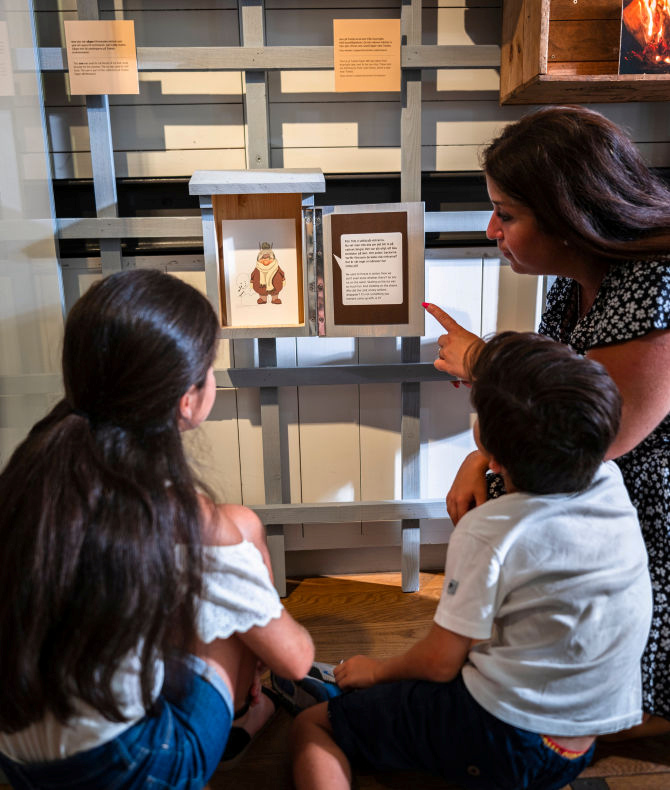
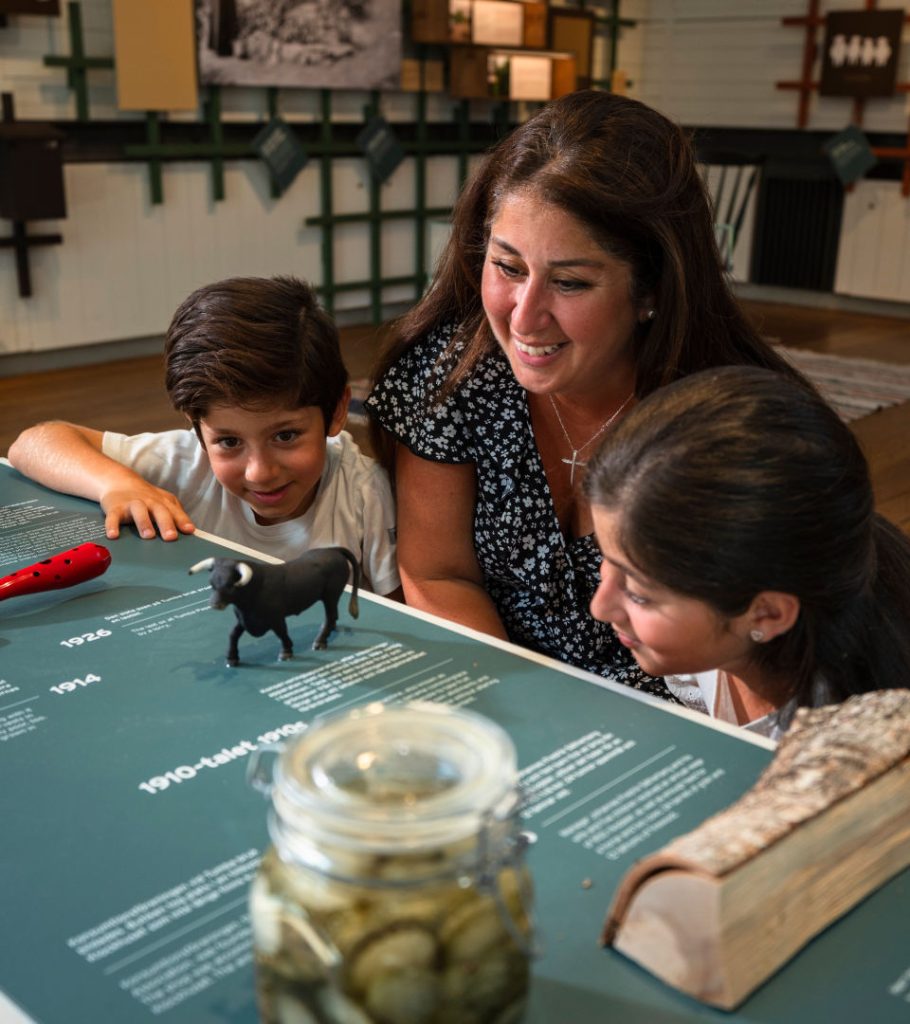
Photo: Daniel Gustafsson, Tumba bruksmuseum/SHM.
An exhibition for children and families
Meet the mini figures
Children can follow small figures through the various parts of the exhibition and reflect on their quirky thoughts about our society. There is a childrens audio guide in Swedish.
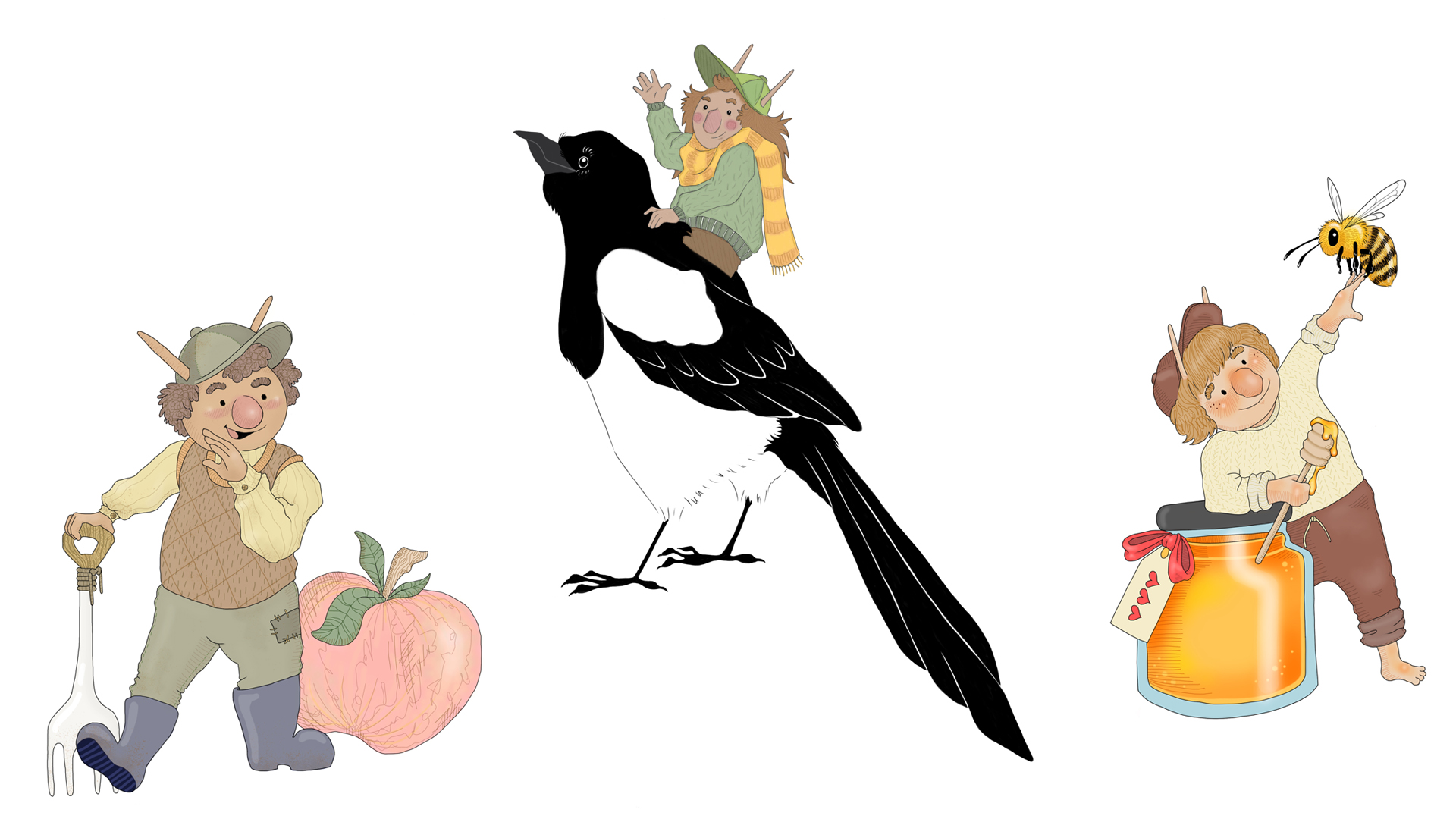
Lilla konsum
Have a seat in our family-friendly outdoor lounge area called "Lilla konsum" where younger visitors can play store.
Ice saw
The exhibition shows different methods of handling ingredients and food to make it last longer. In the early to mid 1900s, large blocks of ice were sawed up from a nearby lake and transported by horse and sleigh to various locations in the mill area. This made it possible to keep food fresh even during the summer. In the exhibition you can see the saw that was used. It is in the collections at Tumba Paper Mill Museum.
Art installation
See the research-based art installation ”The Subterranean Ones”, by artists Janna Holmstedt and Karin Wegsjö. Visitors can see microbes (bacteria, amoeba, fungi and miniscule worms) in a whole new way.
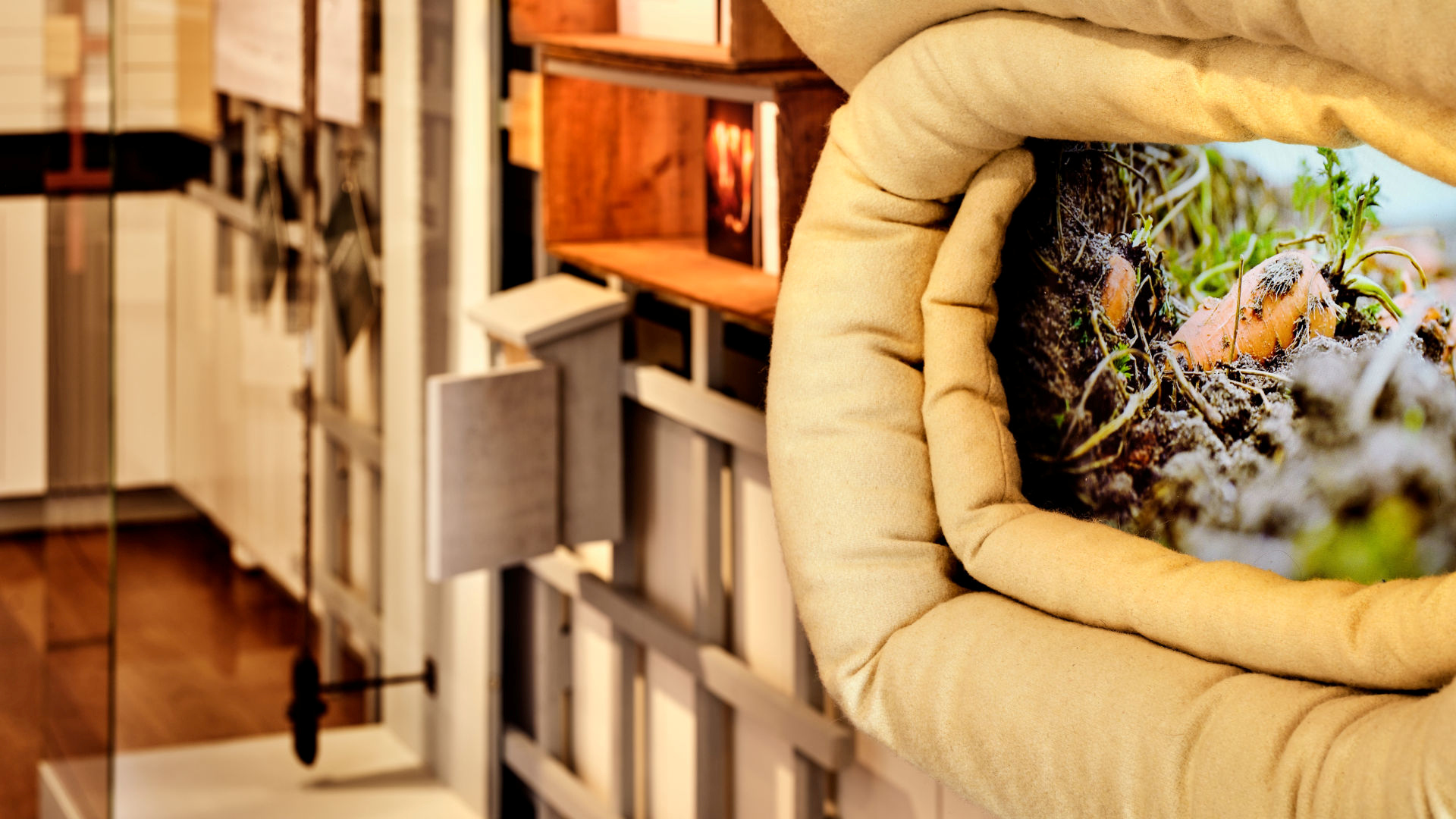
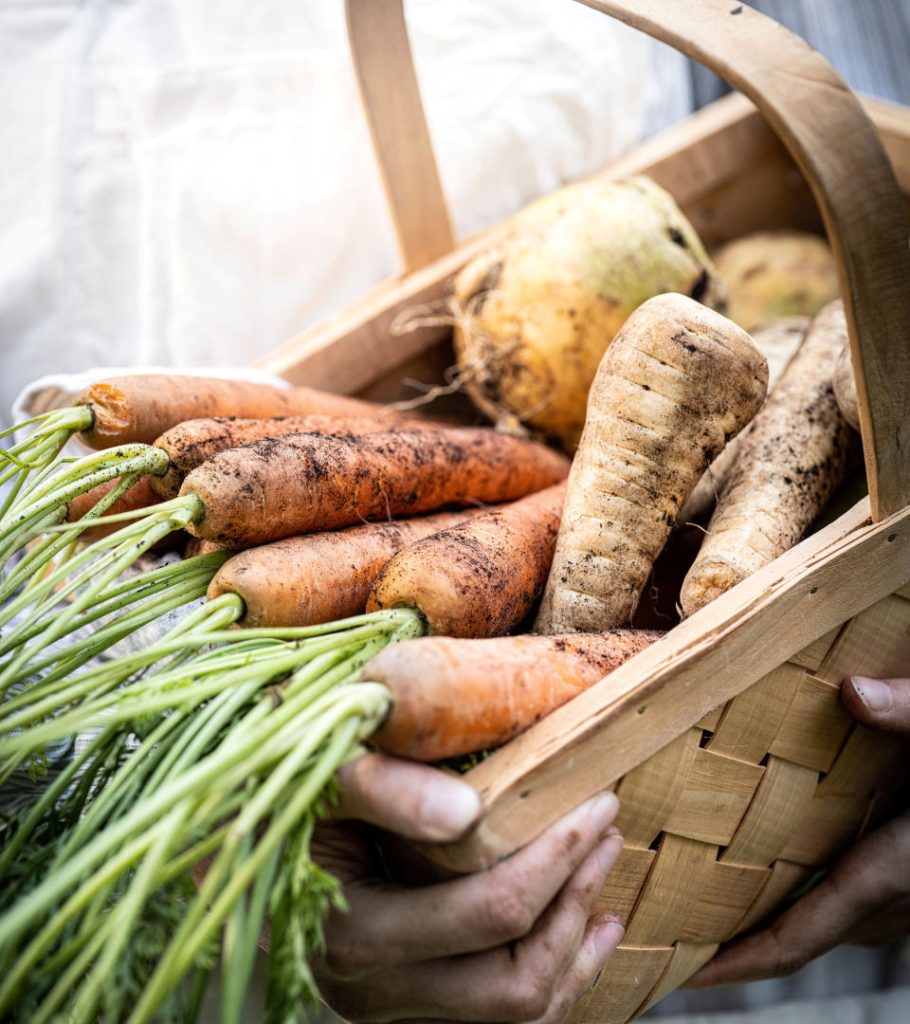
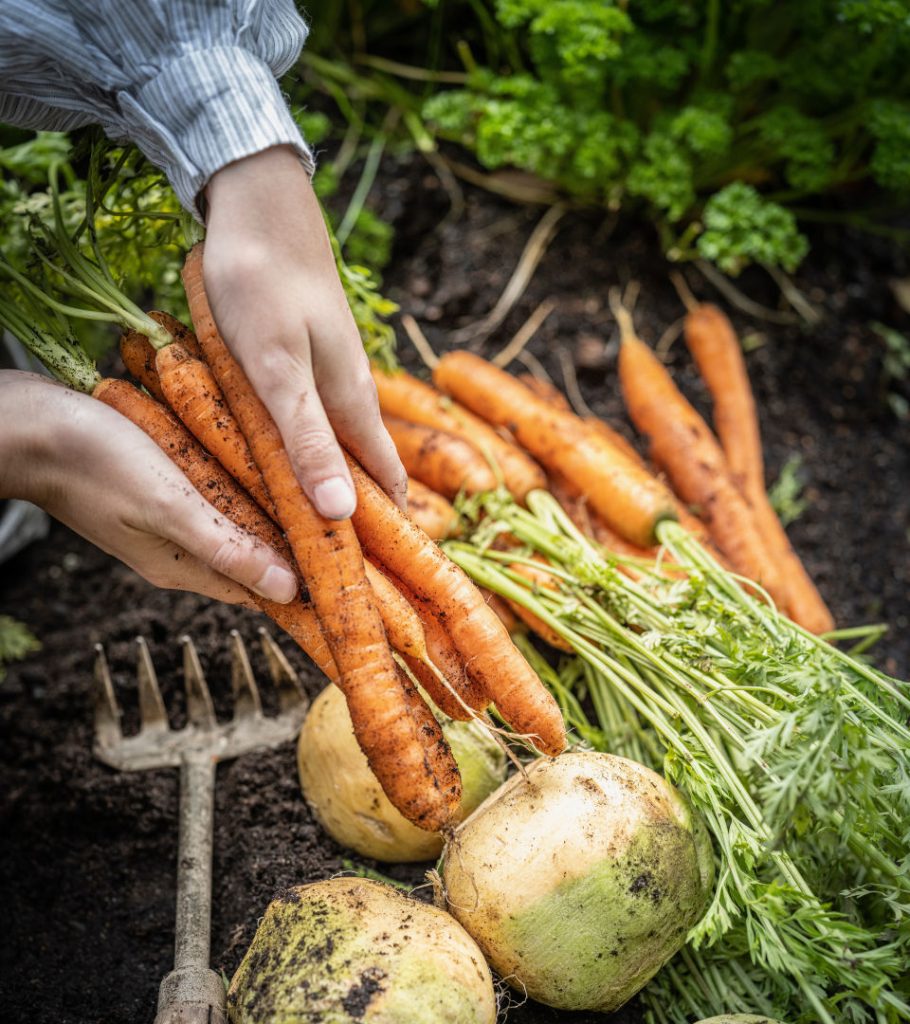
Photo: Jens Mohr, Tumba Paper Mill Museum/SHM.
Accessbility in the exhibition
The exhibition is on display in Oxhuset, the museum's main building, with entrance and shop. Oxhuset has two toilets, one of which is accessible, and a changing table. The exhibition is located on the upper floor, which can be accessed by both stairs and a lift. The indoor part of the exhibition is accessible for both prams and wheelchairs. The outdoor part of the exhibition is partially accessible (uneven terrain).
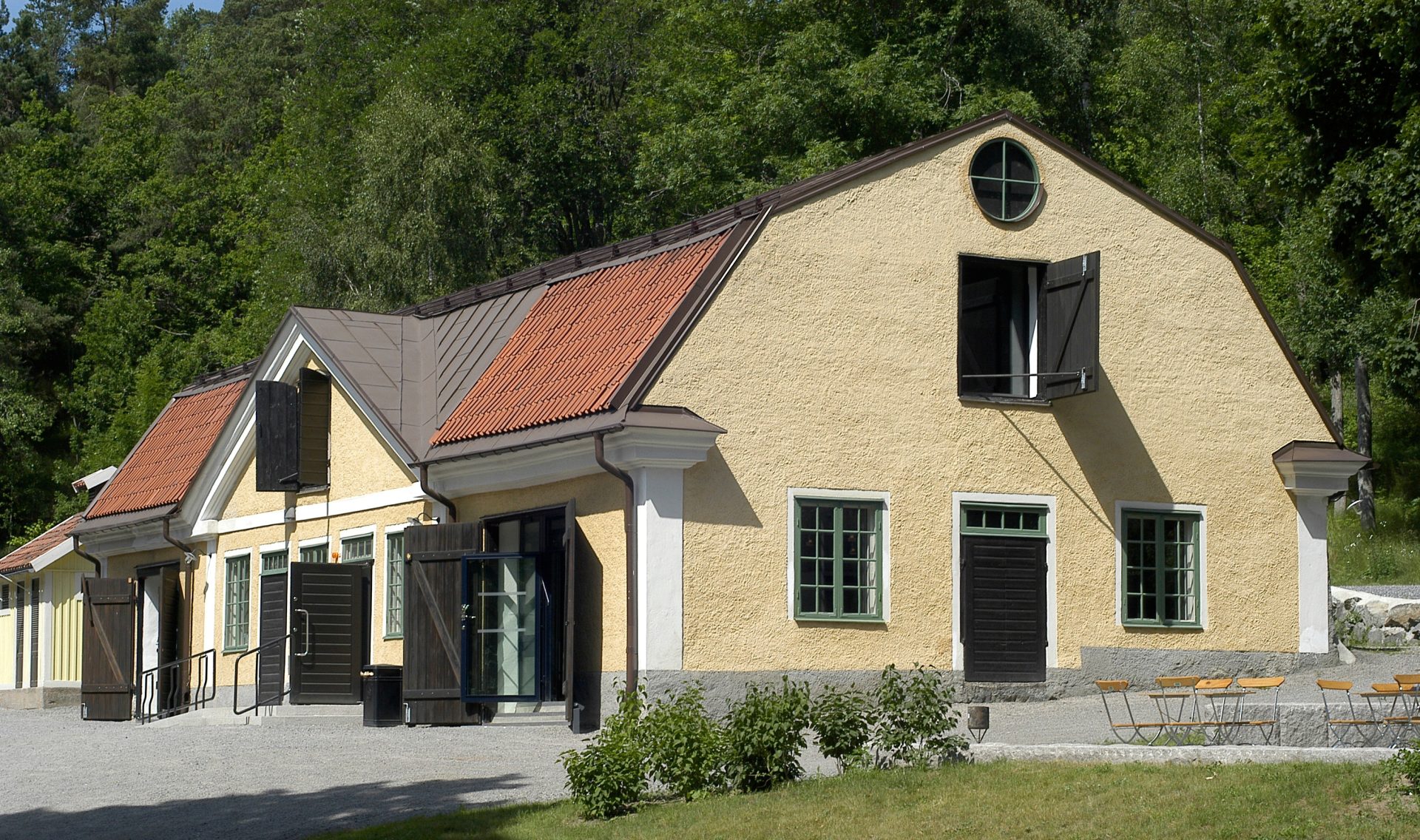
Strategic Partnerships
In conjunction with the exhibition, Tumba Paper Mill Museum has entered into collaboration with AB Botkyrkabyggen and the Stockholm Consumer Cooperative Society.
AB Botkyrkabyggen
Botkyrkabyggen supports the Tumba Paper Mill Museum in the portion of the exhibition that includes the school garden and educational program for primary schools. Together we reach our prioritized target group, allowing Botkyrkabyggen to contribute to increased knowledge about sustaininability.
Stockholm Consumer Cooperative Society
A collaboration with the Tumba Paper Mill Museum enables us to offer family activities in connection with the exhibition. Being a contemporary smart consumer means being informed by the past, especially when it comes to food production.
